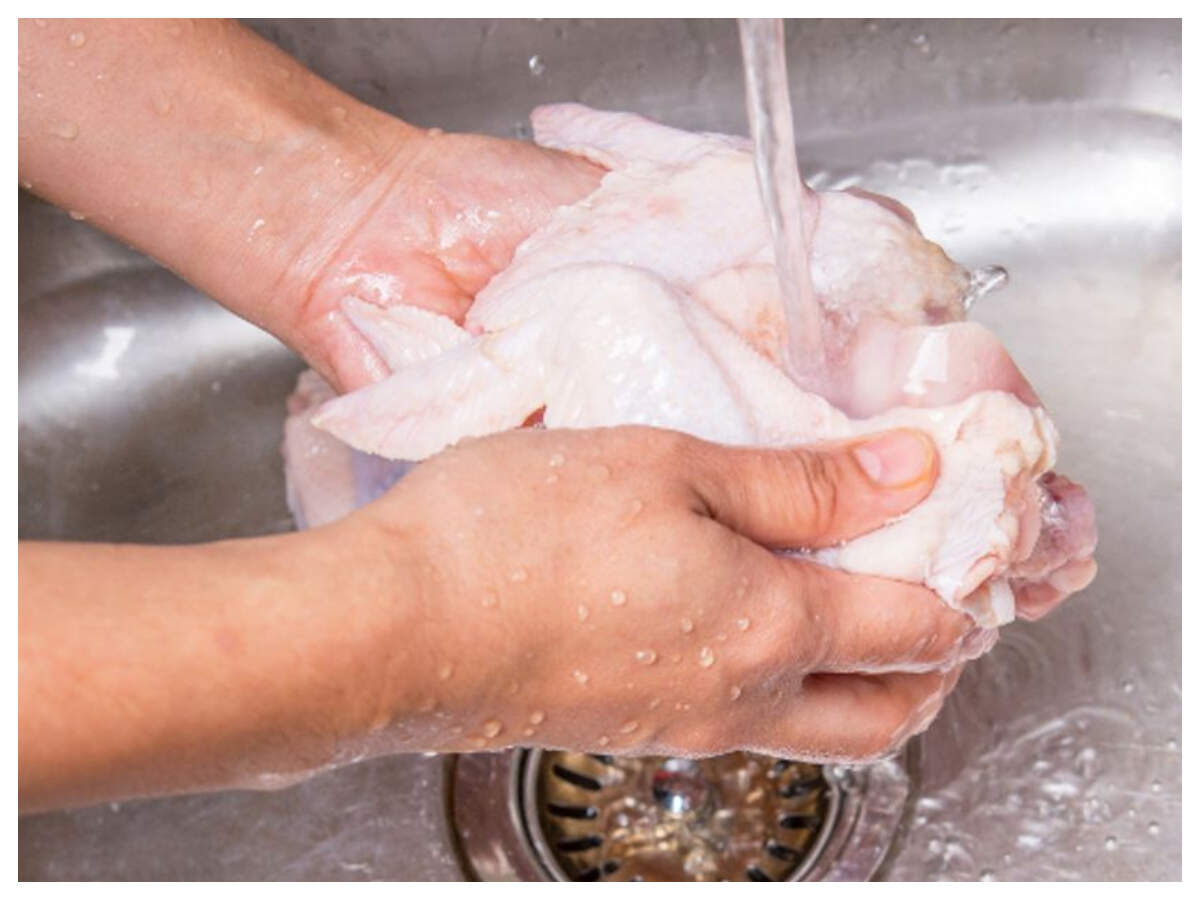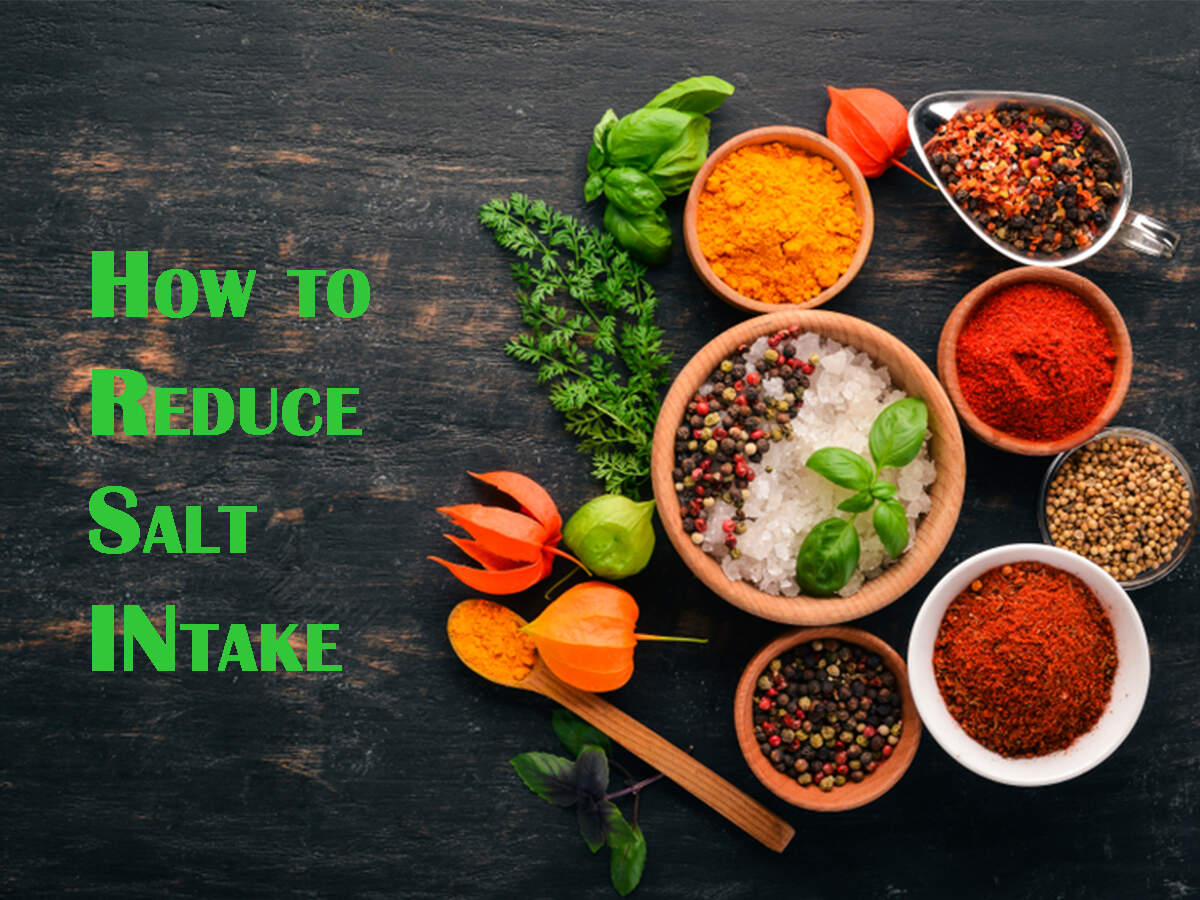
Gurgaon: Aquaculture is emerging as a lucrative opportunity for farmers in the state, even as agrarian crisis driven by vast swathes of farmland turning fallow, continues to grip Haryana.
Farmland across Haryana has turned fallow as a result of excessive usage of surface water, thanks to canal irrigation. Depleting groundwater and wasteful irrigation has now made farming difficult and non-profitable across much of the state.
However, aquaculture, particularly shrimp farming, not only helps in utilising lands that have turned fallow due to exposure to salinity in water, also provides farmers a lucrative business opportunity to enhance their income.
Pradeep Kumar is one such farmer who switched to shrimp farming last year. According to the district fisheries department, Kumar raised around Rs 92 lakh from 5 man-made ponds spread over two acre — which he is now expanding to 16 ponds over 17 acre — all dedicated to shrimp farming, in Jhanjrola village in Farrukhnagar. Kumar is the torch-bearer of this new ‘blue revolution’ in Gurgaon, and is inspiring many farmers to join the bandwagon.
According to Kumar, shrimp farming is a boon for farmers, who have been struggling with infertile lands and unfair prices for their produce. “I made a sale of about 27 tonnes in the last crop cycle, earning around Rs 92 lakh. Of course, I had to initially invest about Rs 25 lakh to set up a pond over 1 hectare (2.5 acres). If the government subsidy arrives on time, I would encourage people to go for it,” added Kumar.
Kumar is the first white-shrimp farmer who cultivated his crop in winter, against established practice of cultivating between March and November. The state fisheries department also claimed its incentives for white-shrimp cultivation is attracting many people. Year-on-year, both area covered and amount harvested have been rising at an impressive rate, the department claimed.
“We started the initiative in 2014-15 with only 28 hectare coverage. That year, production was about 140 tonne. By 2018, the scheme covered around 250 hectare of mostly infertile land, and the overall production shot up to 2,000 tonne. On an average, white-shrimp farming can easily yield Rs 8-10 lakh profit per hectare,” noted Prem Singh Malik, director (fisheries), Haryana.
The success story of Kumar and other farmers like him, brings a ray of hope to the farming community, who have been struggling to enhance their farm productivity and get fair price for their produce. With high initial input cost, unstable markets, no processing infrastructure among other problems, shrimp farming still remains a distant reality for many small-scale farmers.
Pointing out other challenges, Kumar noted farmers need access water testing labs as impurities in water can ruin the crop, as well as cold storage, so that farmers are not forced to sell their fast perishable produce at a lower price. He said they also need refrigerated vans to transport the shrimp, as they spoil easily.
Dr K K Vijayan, director, Central Institute of Brackish Water Aquaculture, noted that shrimp farming is lucrative but can be counterproductive if the government doesn’t plan ahead for sustainability. “Government needs to carry out detailed ground surveys for resource mapping. It looks all hunky-dory initially, but as more farmers join and groundwater starts depleting rapidly, it could be environmentally unsustainable,” he said.
Farmland across Haryana has turned fallow as a result of excessive usage of surface water, thanks to canal irrigation. Depleting groundwater and wasteful irrigation has now made farming difficult and non-profitable across much of the state.
However, aquaculture, particularly shrimp farming, not only helps in utilising lands that have turned fallow due to exposure to salinity in water, also provides farmers a lucrative business opportunity to enhance their income.
Pradeep Kumar is one such farmer who switched to shrimp farming last year. According to the district fisheries department, Kumar raised around Rs 92 lakh from 5 man-made ponds spread over two acre — which he is now expanding to 16 ponds over 17 acre — all dedicated to shrimp farming, in Jhanjrola village in Farrukhnagar. Kumar is the torch-bearer of this new ‘blue revolution’ in Gurgaon, and is inspiring many farmers to join the bandwagon.
According to Kumar, shrimp farming is a boon for farmers, who have been struggling with infertile lands and unfair prices for their produce. “I made a sale of about 27 tonnes in the last crop cycle, earning around Rs 92 lakh. Of course, I had to initially invest about Rs 25 lakh to set up a pond over 1 hectare (2.5 acres). If the government subsidy arrives on time, I would encourage people to go for it,” added Kumar.
Kumar is the first white-shrimp farmer who cultivated his crop in winter, against established practice of cultivating between March and November. The state fisheries department also claimed its incentives for white-shrimp cultivation is attracting many people. Year-on-year, both area covered and amount harvested have been rising at an impressive rate, the department claimed.
“We started the initiative in 2014-15 with only 28 hectare coverage. That year, production was about 140 tonne. By 2018, the scheme covered around 250 hectare of mostly infertile land, and the overall production shot up to 2,000 tonne. On an average, white-shrimp farming can easily yield Rs 8-10 lakh profit per hectare,” noted Prem Singh Malik, director (fisheries), Haryana.
The success story of Kumar and other farmers like him, brings a ray of hope to the farming community, who have been struggling to enhance their farm productivity and get fair price for their produce. With high initial input cost, unstable markets, no processing infrastructure among other problems, shrimp farming still remains a distant reality for many small-scale farmers.
Pointing out other challenges, Kumar noted farmers need access water testing labs as impurities in water can ruin the crop, as well as cold storage, so that farmers are not forced to sell their fast perishable produce at a lower price. He said they also need refrigerated vans to transport the shrimp, as they spoil easily.
Dr K K Vijayan, director, Central Institute of Brackish Water Aquaculture, noted that shrimp farming is lucrative but can be counterproductive if the government doesn’t plan ahead for sustainability. “Government needs to carry out detailed ground surveys for resource mapping. It looks all hunky-dory initially, but as more farmers join and groundwater starts depleting rapidly, it could be environmentally unsustainable,” he said.
Elections 2019
Trending Topics
LATEST VIDEOS
More from TOI
Navbharat Times
Featured Today in Travel
Quick Links
Lok Sabha Election Schedule 2019Lok Sabha Election NewsDelhi Capitals teamMI team 2019Rajasthan Royals 2019RCB team 2019Maharashtra Lok Sabha ConstituenciesBJP Candidate ListBJP List 2019 TamilnaduShiv Sena List 2019AP BJP List 2019Mamata BanerjeeBJP List 2019 MaharashtraPriyanka GandhiBJP List 2019 KarnatakaAMMK Candidate List 2019BJP List 2019 WBLok Sabha Elections in Tamil NaduBSP List 2019 UPNews in TamilLok Sabha Poll 2019Satta Matka 2018PM ModiMahagathbandhanNagpur BJP Candidate ListChandrababu NaiduTamil Nadu ElectionsUrmila MatondkarNews in TeluguMadras High CourtTejashwi YadavArvind KejriwalTejasvi SuryaPawan KalyanArvind KejriwalYogi AdityanathJaya PradaSatta King 2019Srinagar encounter
Get the app







